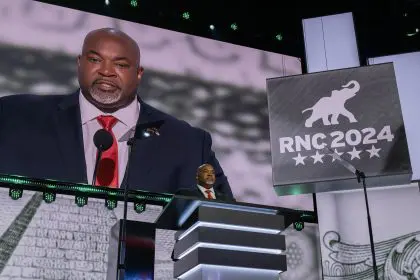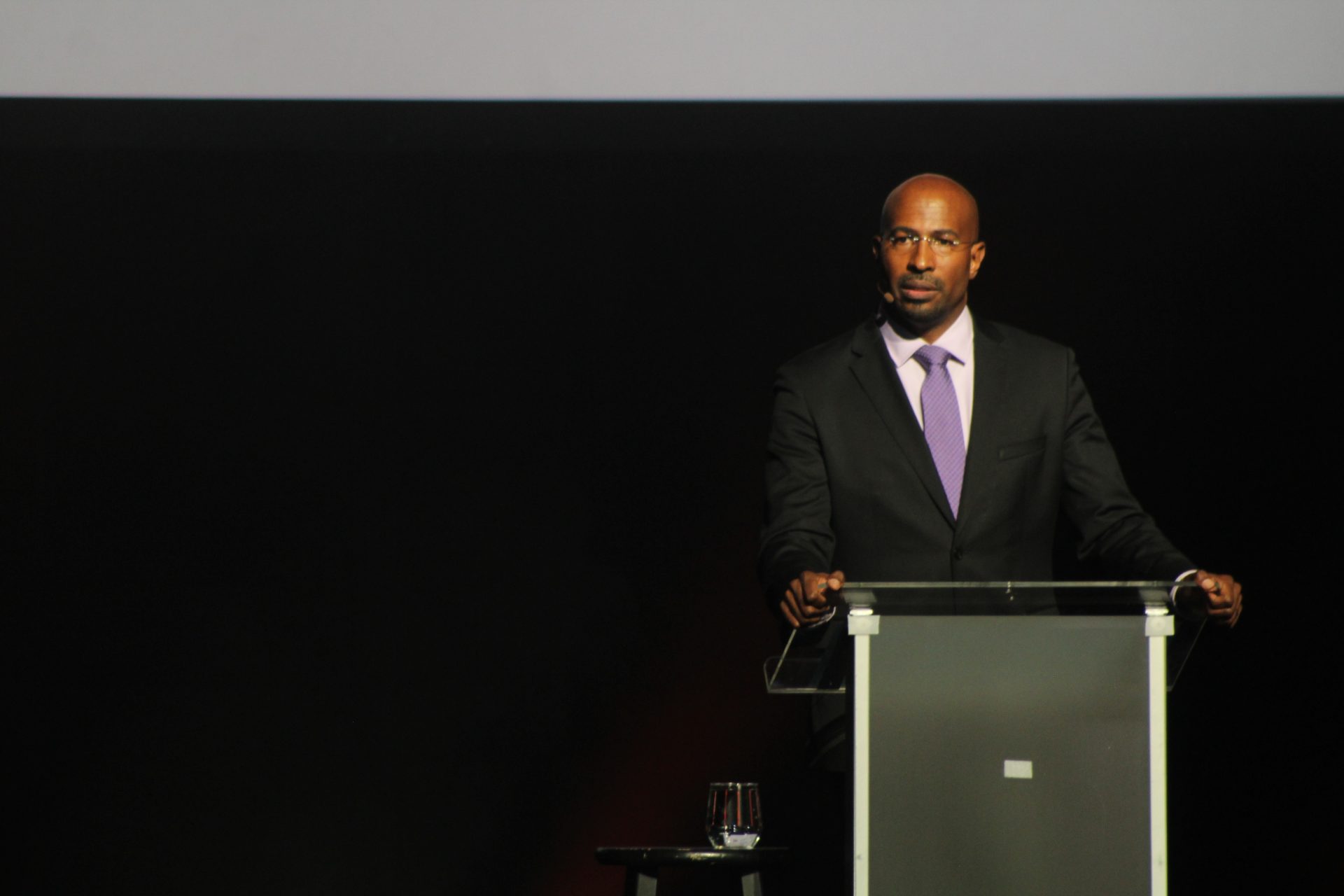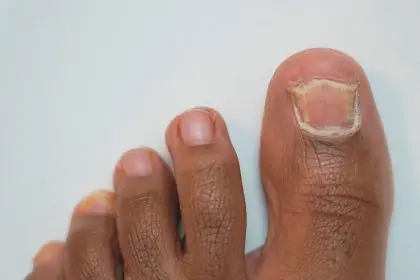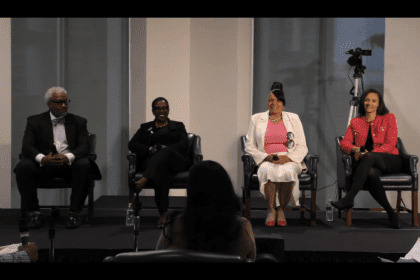
Jerice Hunter told police she left her three older children in charge of her 5-year-old daughter, Jahessye (JES’-ee) Shockley, before leaving her Glendale, Ariz., home on Oct. 11 to run errands. Hunter said she locked the door when she left, and when she returned the door was unlocked and Jahessye was gone. There has been no trace found of the little girl.
Jahessye’s family members have said that they don’t believe police have given her disappearance enough attention because she’s black and her parents have a criminal history — a history that includes a conviction on child abuse charges. Jahessye’s mother served time for a 2005 charge and the child’s father, George Shockley, a convicted sex offender, is currently in prison for charges related to Hunter’s conviction. Police in Arizona say Hunter is not a suspect in her daughter’s disappearance.
“We feel that law enforcement is not active in finding Jahessye and that they’re more active in persecuting me instead of finding out where she is,” Hunter said.
In the nearly two weeks since Jahessye disappeared, another missing child’s story, that of “baby Lisa” has been front and center on every prime time news channel in America. Photos, home video and on-air discussions about what happened to baby Lisa, why her mother failed a lie detector test, and whether a stranger seen in the area may have abducted the child, continue to flash across the screens of televisions in homes around the country. Baby Lisa’s story is a daily fixture on CNN’s “Nancy Grace” show, and Anderson Cooper has taken time out of his broadcast to discuss the case.
The most obvious difference between the two cases? Baby Lisa Irwin is white. Jahessye Shockley is black.
 Paul Penzone, a retired Phoenix police sergeant and child advocate, says he asked producers of the CNN “Nancy Grace” show to highlight little Jahessye ‘s story and had not heard anything, although, on Oct. 21, CNN did mention Jahessye’s disappearance. Penzone said there is massive local coverage and he hoped national coverage would help authorities find clues to Jahessye’s whereabouts.
Paul Penzone, a retired Phoenix police sergeant and child advocate, says he asked producers of the CNN “Nancy Grace” show to highlight little Jahessye ‘s story and had not heard anything, although, on Oct. 21, CNN did mention Jahessye’s disappearance. Penzone said there is massive local coverage and he hoped national coverage would help authorities find clues to Jahessye’s whereabouts.
Jahessye’s grandmother, Shirley Johnson, traveled to the state capitol in Phoenix, Arizona wearing a T-shirt emblazoned with the words “Grandma won’t stop!”
“The Glendale Police Department has not brought this to the forefront. They botched this investigation,” Johnson told reporters. “I believe it’s because she’s a little black girl.”
Jerice Hunter urged whoever has her daughter to please drop her off someplace safe, saying, “Please bring my baby back home … She’s scared. She’s scared. Please, I know she’s scared.”
The new issue of People is currently on stands all over America with blue-eyed Baby Lisa on the cover. Some Internet speculators are excusing the media’s apparent lack of concern for Jahessye by implying that the child’s mother is somehow responsible for her disappearance, and that Hunter knows where Jahessye is. Even if that were a legitimate excuse for ignoring this little girl’s plight, how do they explain the years of attention America paid to little Casey Anthony’s case?
 In 2008 a veteran law-enforcement official established Black and Missing, Inc (BAM), a non-profit organization whose mission is to bring awareness to missing persons of color; provide vital resources and tools to missing person’s families and friends and to educate the minority community on personal safety.
In 2008 a veteran law-enforcement official established Black and Missing, Inc (BAM), a non-profit organization whose mission is to bring awareness to missing persons of color; provide vital resources and tools to missing person’s families and friends and to educate the minority community on personal safety.
As long as missing black children continue to receive a minimum of concern from the media, organizations like BAM are necessary to help meet the needs of anguished family members. –kathleen cross
















